UA9 Beam Loss Monitor
- Details
- Last Updated: Wednesday, 12 February 2014 09:57
The UA9 experiment intends to assess the possibility of using bent silicon crystals as primary collimators to direct coherently the beam halo onto the secondary absorber, thus reducing out-scattering, beam losses in critical regions and radiation load. The experiment has been performed in the CERN-SPS in storage mode with a 120 or 270 GeV/c proton beam .In the proximity of the vessel containing the crystals we mounted scintillators and GEM detectors, to count the rate of nuclear interactions in the crystals and the scatterer.
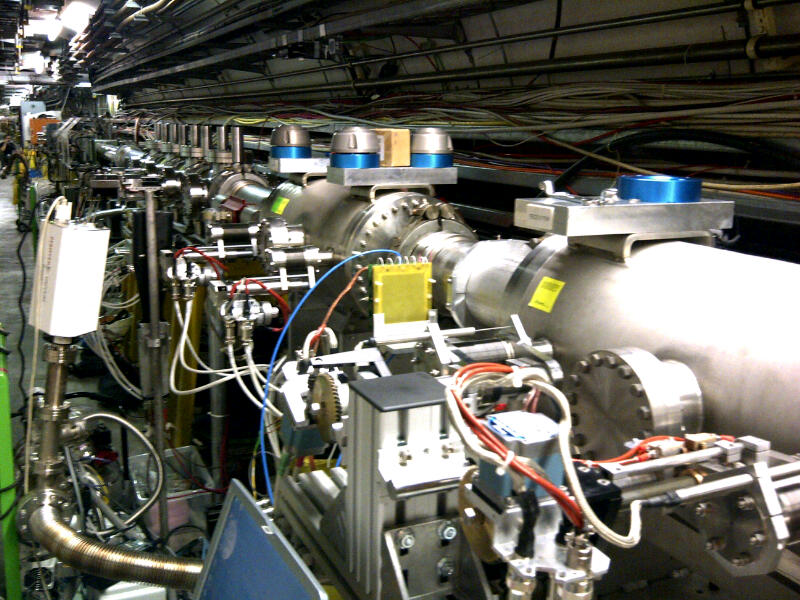 |
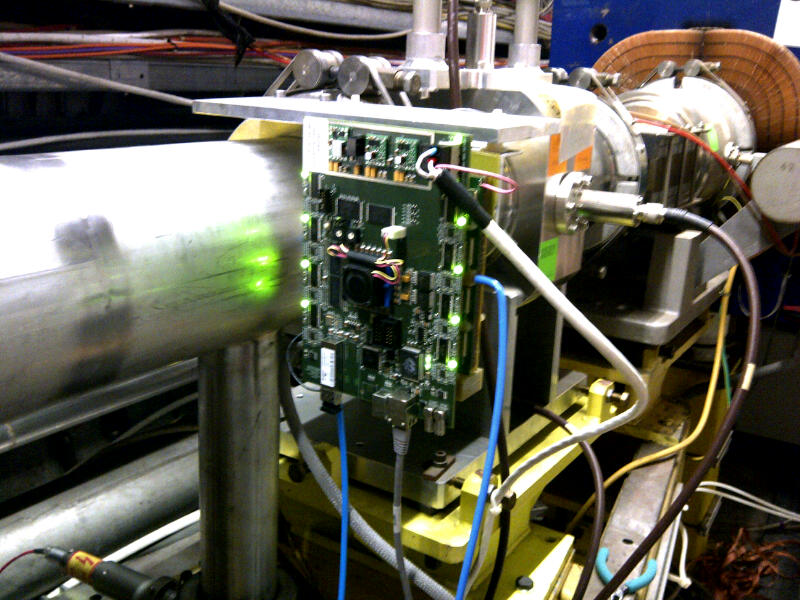 |
|
The GEM monitor installed between the two |
The FPGA acquisition board attached to the GEM Monitor. The detector is just alongside the SPS beam pipe |
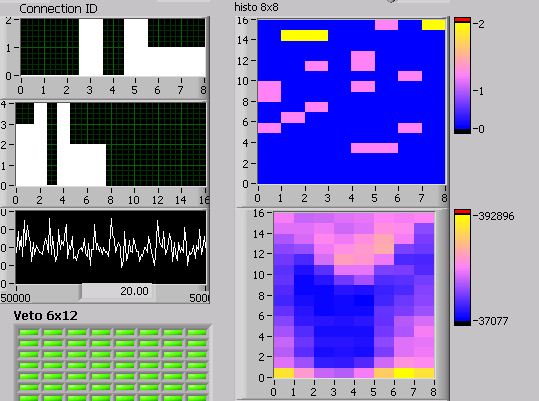 |
|
The active area of 10x10 cm2 of this monitor has been divided into 128 pads, organized in a matrix of 16x8.
Here on the right the history plot (few minutes). |
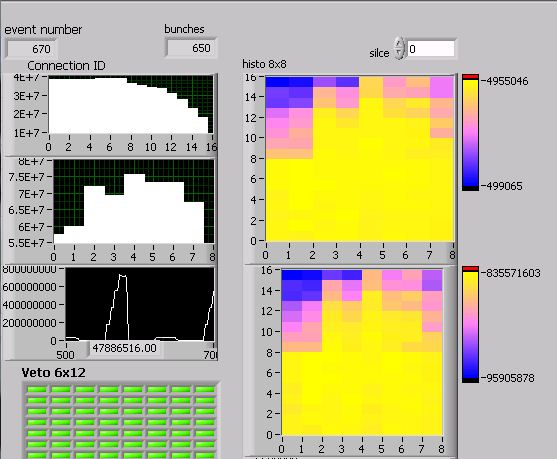 |
This is the background flux around the beampipe measured in 1 second during the LHC injection (up to 5 MHz per pad).
On the left of the picture is visible the injection timeline; |
|
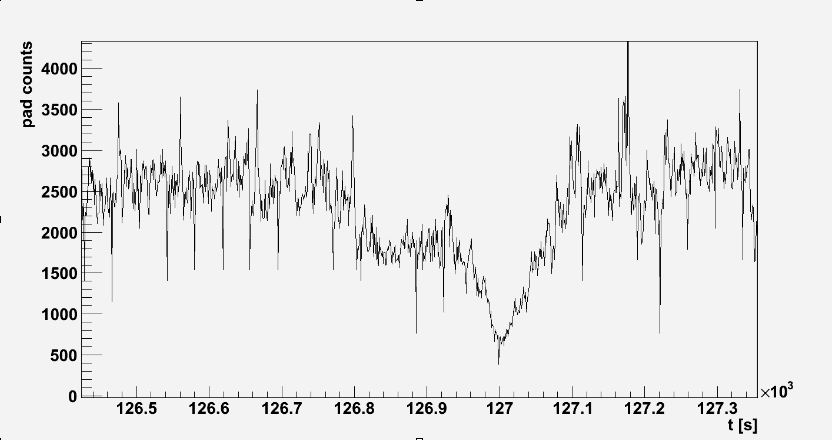 |
In this picture is shown the particle flux measured each second by the gem detector. The particles are produced by the proton nuclear interaction with the crystal placed in the beam halo. |
|
| FPGA design and firmware: A.Balla (Laboratori Nazionali di Frascati INFN) | ||

